TITLE
A ‘Pacemaker for the Brain’: No Treatment Helped Her Depression — Until This
DESCRIPTION
This article about Sarah (case participant’s name) will evoke a number of emotions in the reader: sadness, curiosity, hope, and a feeling of fascination with technology. The article describes Sarah continual struggle with treatment resistant depression. Literally individuals who experience treatment resistant depression have most likely tried every know antidepressant, ECT, TMS, therapy, hospitalization and end up totally unable to function and in many instances suicide. The article describes another type of research:
“Researchers at the University of California, San Francisco surgically implanted a battery-operated, matchbook-sized device in Sarah’s (case participant’s name) brain — a “pacemaker for the brain” some call it — calibrated to detect the neural activity pattern that occurs when she is becoming depressed. It then delivers pulses of electrical stimulation to stave off depression.” The article describes the neurology of depression in Sarah and how the research progressed to help alleviate her depression. Further the article describes other similar ongoing research for a “cure” for treatment resistant depression. The article provides a hopeful note and how technology in the future may help those who suffer.
SOURCE
New York Times, October 4, 2021, by Pam Belluck
LINK TO RESOURCE
(Tiny URL) https://tinyurl.com/59hy93a5
CLASS DISCUSSION QUESTIONS:
•What is treatment resistant depression? What are the current treatments?
•Reading the article, how did Sarah’s depression get worse over time?
•What were the procedures utilized to help Sarah? How were the brain patterns monitored? Why does the title use the expression “pacemaker for the brain”?
•Though Sarah is a single case, what is the ultimate hope for the use of this technology for suffers of depression?


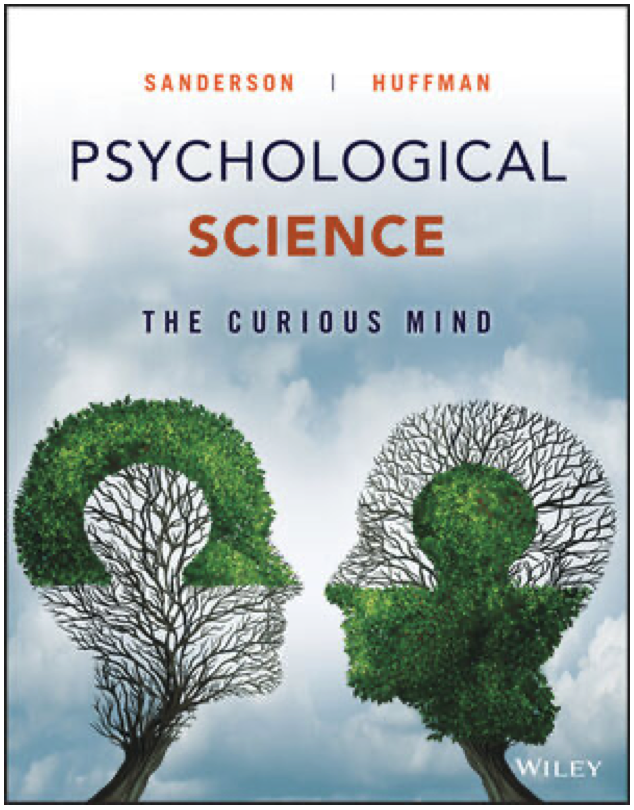
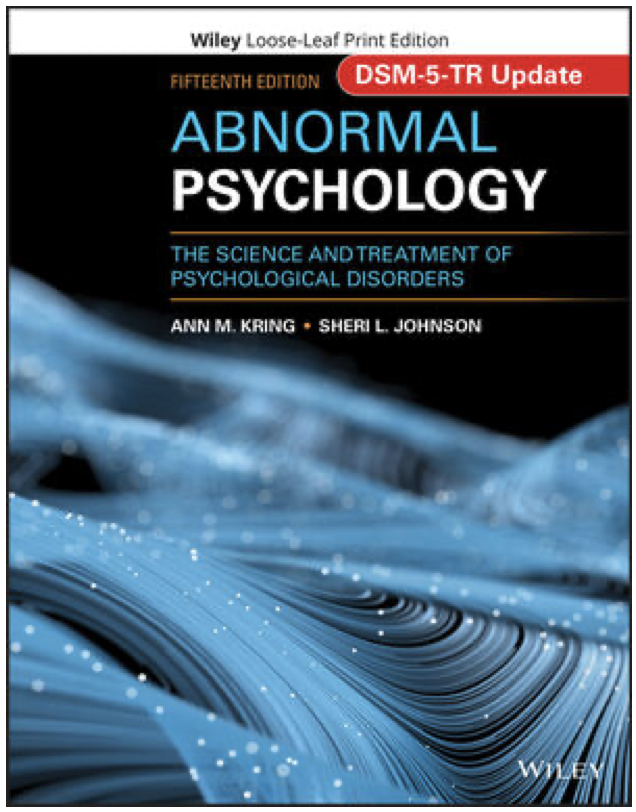
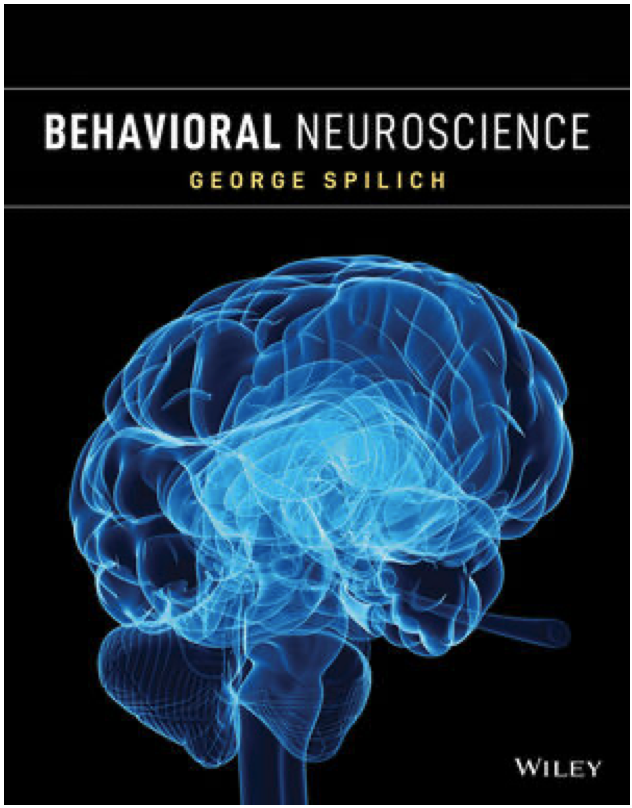
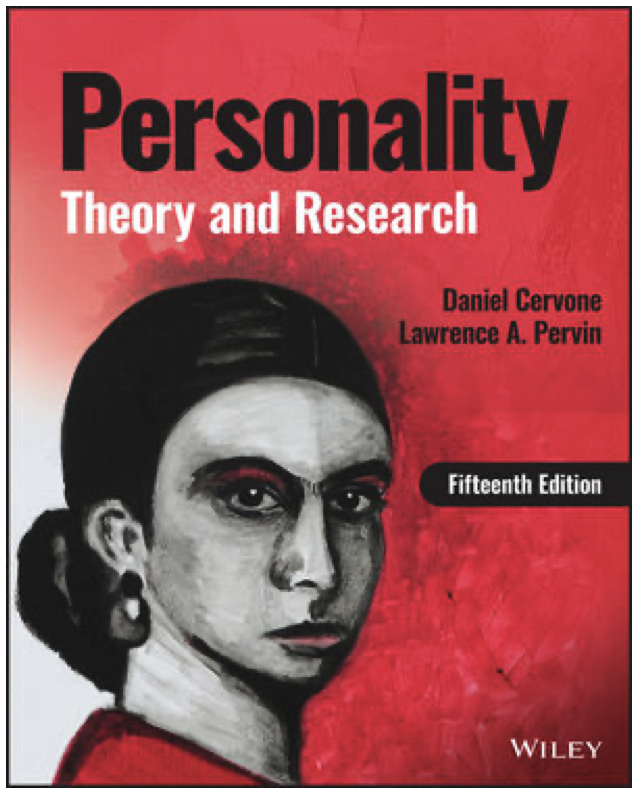
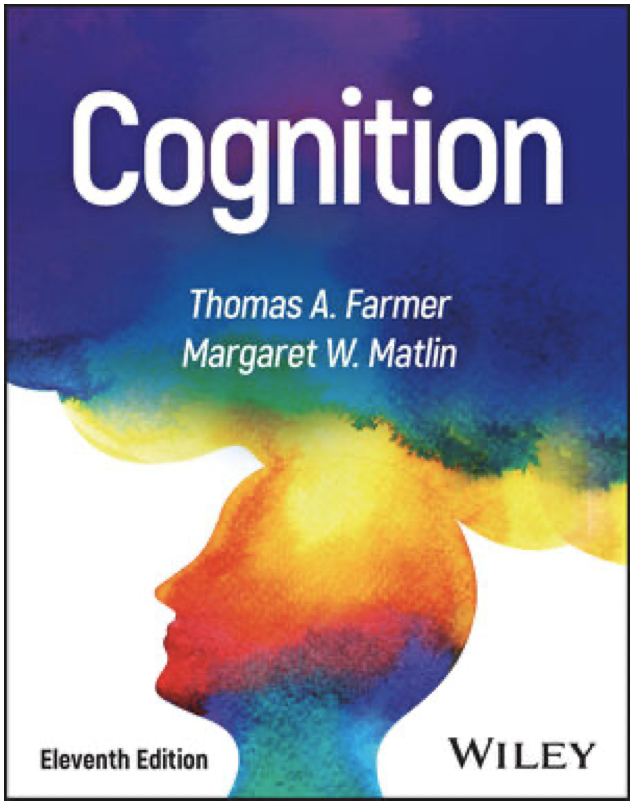
Leave a Reply